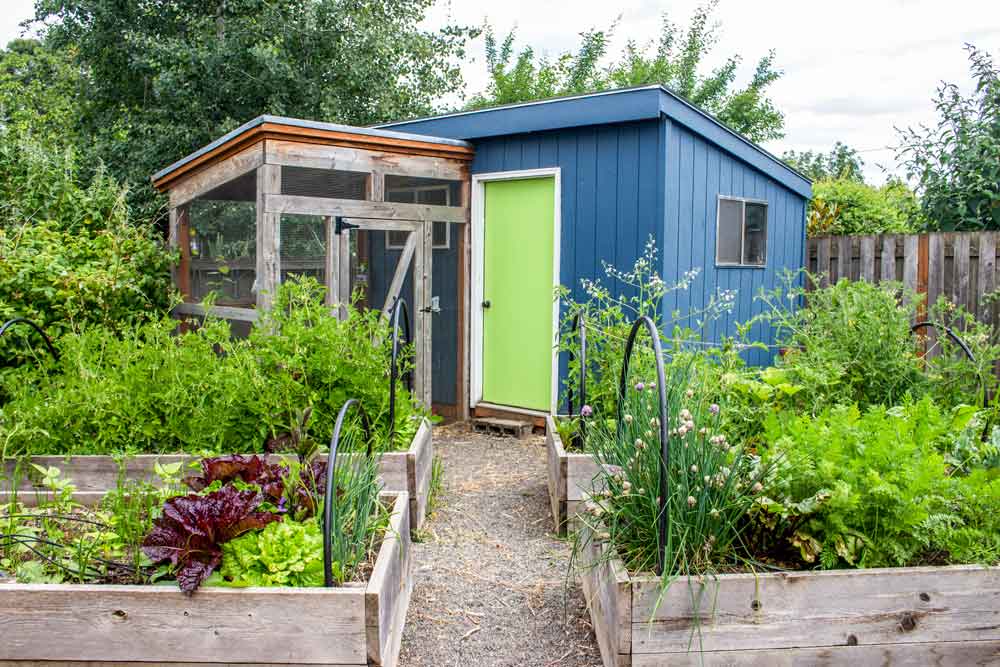For many homestead dreamers, the idea of preserving their harvest for the long term is both exciting and daunting. One of the most efficient ways to ensure your hard-earned produce lasts through seasons is by freezing food for long term storage. Not only does this method retain the nutritional value of your food, but it also helps in reducing waste and saving money. In this article, we’ll delve into the art of freezing food effectively, ensuring your produce remains fresh and tasty for months on end.

Why Choose Freezing for Food Preservation?
Freezing is a popular method for food preservation because it maintains the taste, texture, and nutritional value of food. Unlike other methods, it uses low temperatures to inhibit the growth of bacteria, yeasts, and molds that cause food spoilage. For homesteaders, freezing offers a convenient way to preserve large quantities of produce without the need for preservatives or additives.
The Science Behind Freezing
When you freeze food, the water inside the cells forms ice crystals. The speed at which food freezes affects the size of these crystals. Rapid freezing results in smaller crystals, which cause less damage to the cell structure, preserving the food’s quality. This is why it’s essential to understand the basics of freezing to maximize the benefits.
Preparing Food for Freezing
Choosing the Right Produce
Not all foods freeze well. Fruits and vegetables with high water content, such as cucumbers and lettuce, can become mushy upon thawing. However, items like berries, beans, and meats are excellent candidates for freezing.
Blanching Vegetables
Blanching is a crucial step before freezing most vegetables. It involves boiling them briefly and then plunging them into ice water. This process stops enzyme actions, preserving color, flavor, and nutritional value.
Packaging for Success
Proper packaging is vital in freezing food for long term storage. Use airtight containers or freezer bags to prevent freezer burn, which can damage the quality of your food. Removing as much air as possible from the packaging will also help in preserving flavor and texture.
Freezing Techniques and Tips
Freezing Fruits and Berries
For fruits like berries, it’s best to freeze them on a tray first before transferring them to a bag or container. This prevents them from clumping together, allowing you to take out only what you need.
Freezing Meats
When freezing meats, wrap them tightly in plastic wrap or foil before placing them in a freezer bag. This extra layer helps prevent freezer burn and keeps your meats tasting fresh.
Labeling and Organizing
Always label your packages with the date and contents. This practice not only helps in keeping track of your stock but also ensures you consume food before it loses its quality.
Thawing and Using Frozen Food
Safe Thawing Practices
Thawing food safely is just as important as freezing it. The safest methods include thawing in the refrigerator, cold water, or the microwave. Avoid leaving food to thaw on the counter, as this can lead to bacterial growth.
Cooking with Frozen Produce
While some foods can be cooked directly from frozen, others benefit from a gradual thaw. For example, frozen fruits are ideal for smoothies, while thawed meats are best for roasting or grilling.
Maintaining Freezer Efficiency
Regular Maintenance
Ensure your freezer is running efficiently by keeping it at the right temperature (0F or -18C). Regularly defrost manual defrost freezers to ensure optimal performance.
Organizing the Freezer
Keep your freezer organized by grouping similar items together. This not only saves time when searching for items but also helps in keeping track of stock levels.
Conclusion
Freezing food for long term storage is an invaluable skill for any homesteader. With the right techniques and practices, you can enjoy your harvest all year round, reduce waste, and save money. Whether you’re a seasoned homesteader or just starting, embracing this method will undoubtedly enhance your food preservation journey.
Related Resources
For more tips on homesteading, check out Homesteading at Home and Start a Homestead Garden. You can also explore Urban Homesteading to expand your skills.

FAQs
1. Can all types of food be frozen?
Not all foods freeze well. Foods with high water content like cucumbers or lettuce can become mushy when thawed. However, most meats, fruits, and vegetables freeze beautifully.
2. How long can food be kept in the freezer?
Most foods can be kept in the freezer for 6 to 12 months. However, it’s essential to label and rotate your stock to ensure you’re consuming items before they lose their quality.
3. What is freezer burn and how can it be prevented?
Freezer burn occurs when air reaches the food, causing it to dry out. It can be prevented by using airtight packaging and removing as much air as possible before sealing.




